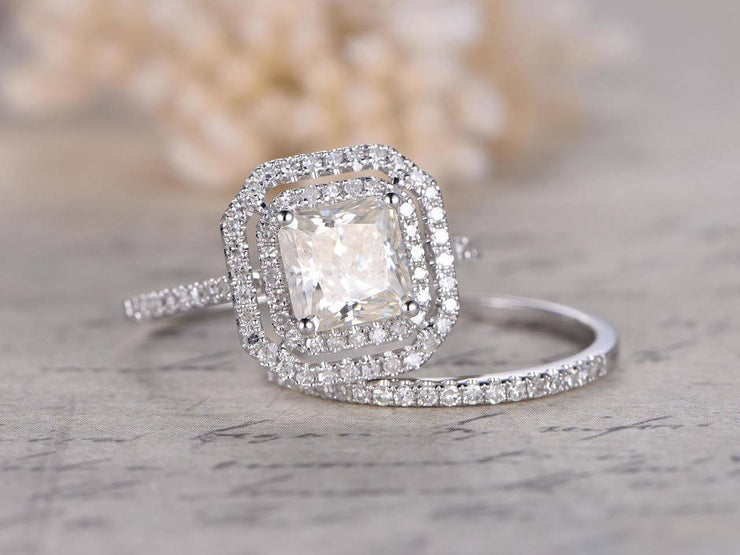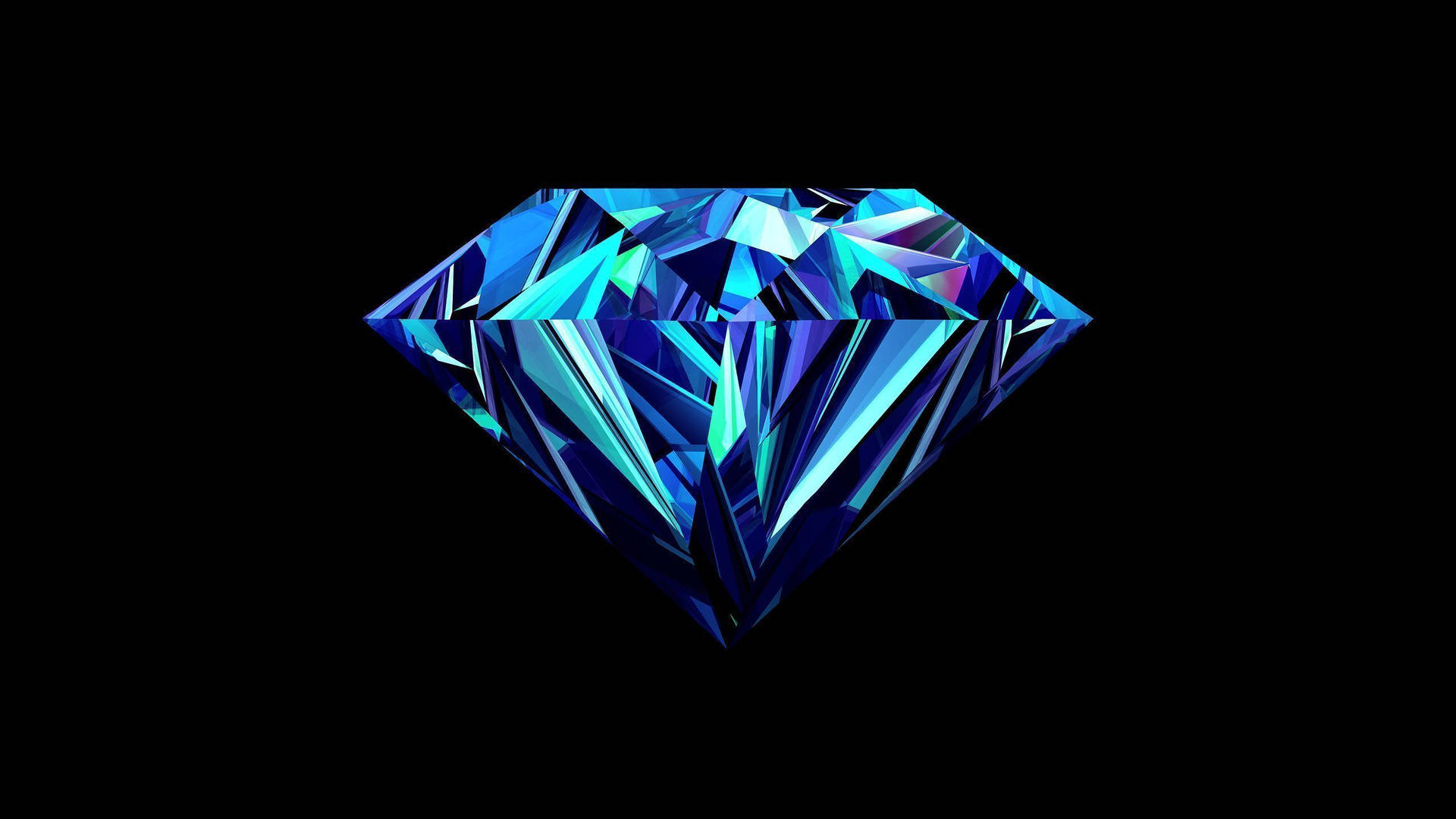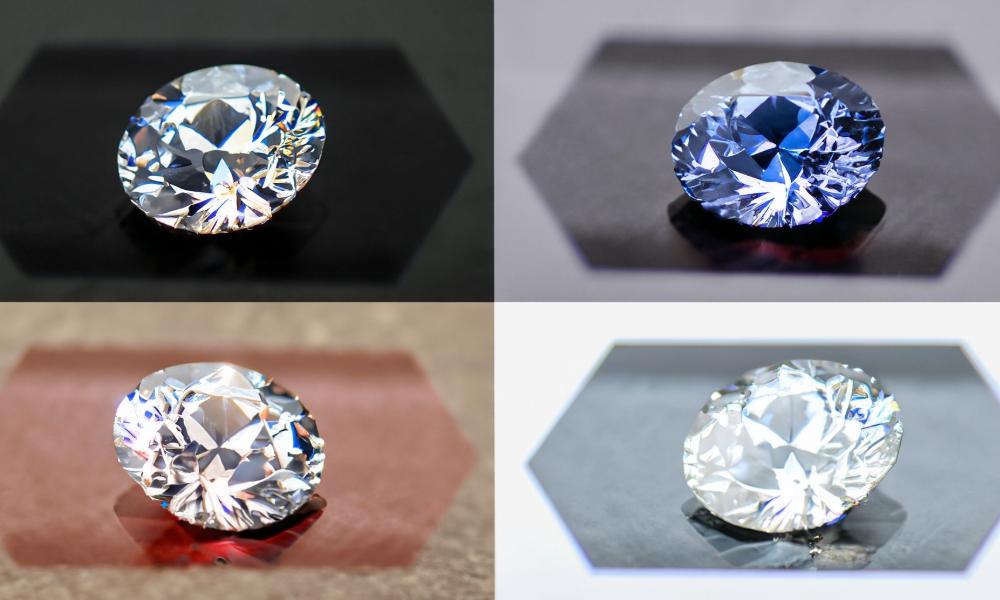When it comes to purchasing gemstones for jewelry, particularly engagement rings, two of the most popular choices are moissanite and diamonds. Both are stunning and possess remarkable brilliance, but they are quite different in terms of composition, cost, and overall appearance. If you’re on the fence about which one to choose, this guide will help you understand the key differences between these two sparkling stones.
What Is Moissanite?
Moissanite is a naturally occurring mineral made of silicon carbide. It was first discovered in 1893 by the French chemist Henri Moissan, who found the substance in a meteor crater. Today, moissanite is typically lab-grown due to its rarity in nature. These lab-created stones have become a popular alternative to diamonds, thanks to their brilliance and cost-effectiveness.
What Is a Diamond?
Diamonds, on the other hand, are a form of carbon that has crystallized over millions of years under high pressure and temperature conditions deep within the Earth. Known for their unrivaled hardness, diamonds have been prized for centuries as a symbol of love, purity, and strength. They are the most well-known and traditional gemstone choice for engagement rings.
Key Differences Between Moissanite and Diamonds
1. Brilliance and Sparkle
- Moissanite: Moissanite has an exceptionally high refractive index, which means it reflects light more efficiently than diamonds. This results in a more intense sparkle and a colorful flash that is often described as “rainbow-like.” While this brilliance can be captivating, it might appear more vibrant or flashy compared to the subtler, cooler sparkle of a diamond.
- Diamond: Diamonds also have a high refractive index, but not as high as moissanite’s. The sparkle of a diamond is often described as more “classic” or “elegant,” offering a crisp, white brilliance that many people find timeless and sophisticated.
2. Hardness and Durability
- Moissanite: moissanite vs diamond is extremely durable, scoring a 9.25 on the Mohs scale of hardness (diamonds score a perfect 10). While not as hard as diamonds, moissanite is still incredibly resistant to scratches and everyday wear, making it an excellent choice for engagement rings.
- Diamond: Diamonds are the hardest known natural material on Earth, making them virtually scratch-proof and ideal for daily wear. A diamond will maintain its clarity and shine for a lifetime.
3. Cost
- Moissanite: One of the most significant advantages of moissanite over diamonds is its price. Moissanite is much more affordable, often costing 10-15% of the price of a comparable diamond in size and quality. This makes moissanite an attractive option for those who want the look of a diamond without the hefty price tag.
- Diamond: Diamonds, due to their rarity, high demand, and extensive mining processes, are typically much more expensive. The cost of diamonds is influenced by the 4 Cs (cut, color, clarity, and carat weight), making them a luxury purchase.
4. Color
- Moissanite: Moissanite tends to exhibit a slightly warmer color, especially in larger stones, though it can come in a variety of hues, from colorless to slightly yellow or green. Some moissanites may show a slight tinge of color under certain lighting conditions, which can be noticeable compared to the cooler, pure white appearance of diamonds.
- Diamond: Diamonds range in color from completely colorless to shades of yellow or brown, with the highest quality diamonds being completely colorless (graded D on the GIA scale). Most diamonds are graded for color, with those on the higher end of the scale commanding a premium price.
5. Environmental and Ethical Considerations
- Moissanite: As moissanite is lab-grown, it has a minimal environmental impact compared to mined diamonds. Lab-grown gemstones also carry fewer ethical concerns, as they don’t require mining that could harm ecosystems or involve exploitative labor practices.
- Diamond: Traditional diamonds are often mined in ways that raise environmental and ethical issues. However, lab-grown diamonds are now available, offering an alternative that reduces these concerns while still providing the same quality and appearance as natural diamonds.
Which One Should You Choose?
The decision between moissanite and diamond depends on your priorities and preferences. Here are a few factors to consider:
- Budget: If you’re looking for a more affordable option, moissanite provides excellent value. You’ll get a gemstone that looks nearly identical to a diamond but at a fraction of the price.
- Sparkle Preference: If you love the idea of a stone that has intense sparkle and fire, lab made diamonds, moissanite may be the better choice. Its extra brilliance can be eye-catching and stand out in the light.
- Traditional Value: If you’re seeking a traditional, timeless symbol of love and luxury, a diamond may be more appealing. It offers the highest level of durability and has long been a symbol of romance and commitment.
- Environmental Concerns: For those who prioritize sustainability and ethical sourcing, moissanite (being lab-created) may be the more environmentally friendly and socially conscious option.
Conclusion
In the end, both moissanite and diamonds are beautiful stones that can make a stunning addition to any piece of jewelry. Moissanite shines with unmatched brilliance and affordability, while diamonds offer timeless elegance and durability. The best choice depends on your personal taste, budget, and values—whichever you choose, you can’t go wrong with these dazzling gemstones.




